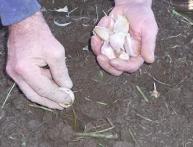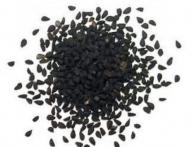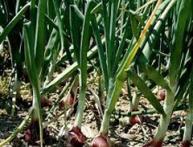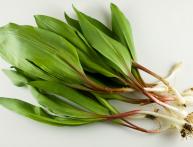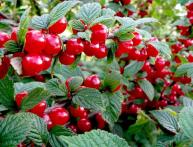Planting currants and caring for them
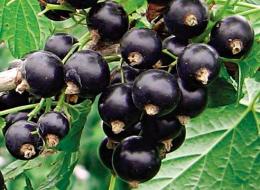
Black currant is one of our gardeners' favorite berries. It not only has an original taste, but is also very healthy because it contains a lot of vitamin C, as well as vitamin K, E, beta-carotene, organic acids, sugars, pectins, tannins, and microelements. Due to the wide distribution of this crop, planting currants and caring for them are well known to any summer resident, and do not pose any difficulty. Planting is done in early spring or late autumn.
First, you should dig planting holes to a depth of about 0.5 meters, pour a bucket of humus and 100 grams of superphosphate mixed with soil onto the bottom, if available. Next, we put the seedling in the hole, straighten the roots, fill the hole so as to deepen the root collar by 5 centimeters, this will form additional roots and the bush will be thicker. Then we water the soil around the bush and mulch with humus or at least earth. But when black currants are planted, you can begin caring for them. Firstly, it needs to be watered in dry weather, secondly, loosen the soil around the bush and, thirdly, cut off old branches in the fall.
This plant is fed with slurry or diluted bird droppings; you can add wood ash to them. Among mineral fertilizers, currants need ammonium nitrate, superphosphate and potassium salts.Unfortunately, black currants are susceptible to powdery mildew and bud mites, so they should be regularly inspected and treated with sulfur preparations or poisonous plant decoctions. Kidneys affected by mites are collected by hand and burned.


